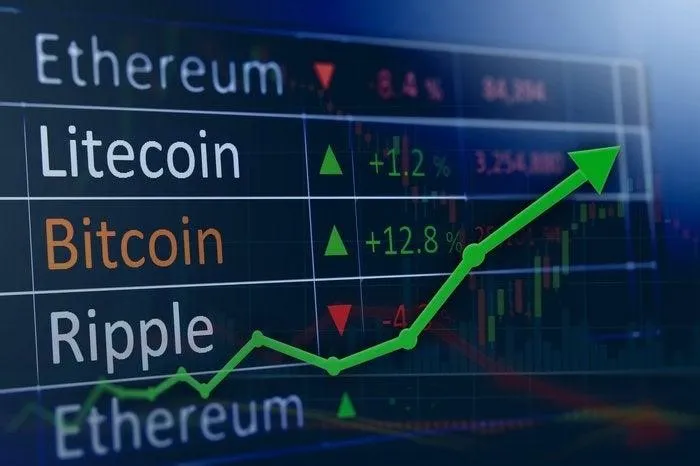Keywords: living on crypto, crypto lifestyle, using crypto in real life, Binance card, DeFi payments, P2P crypto, USDT in real life, spend crypto, crypto adoption
Introduction
Is it possible to survive — and even thrive — using only crypto for 30 days? In an era where decentralized finance is becoming more mainstream, we put it to the test. From buying groceries to booking stays and paying bills, this challenge aimed to answer one question:
Can you live completely on crypto — without touching fiat?
Here’s the story of what happened, and the lessons learned.
Week 1: Crypto Shock
Day 1-2: I set up a Ledger hardware wallet and funded it with USDT and ETH. I also ordered the Binance Visa Card, which promised to let me pay with crypto anywhere Visa is accepted.
Day 3: Tried to buy coffee in Rome using the Binance Card. It failed due to a declined transaction — turns out it wasn’t activated for Europe yet. I had to revert to P2P: I found someone locally on Binance P2P who accepted USDT for cash. A bit awkward, but it worked.
Lesson: You need a fallback plan — and verified P2P contacts in your area.
Week 2: The Workarounds
Day 8: I used a crypto gift card platform to pay for groceries at Carrefour. It charged a 3% premium — but it worked instantly.
Day 10: I needed to book a co-working space. They didn’t accept crypto, but I negotiated a deal by offering to pay in stablecoins through Ledger Live. The owner was curious and open-minded. USDC sealed the deal.
Day 13: Booked a local Airbnb via Travala.com, using BNB for the transaction. Confirmation was instant, and the host was amazed this was possible.
Lesson: The crypto lifestyle is possible if you’re creative and flexible. It also requires explaining crypto to people who’ve never used it.
Week 3: The Frustration
Day 17: Ethereum gas fees spiked. I tried to convert ETH to USDT for a quick transaction and paid $42 in fees. Brutal.
Day 19: My crypto card was finally active. Used it to pay for lunch and it worked flawlessly — converted from BUSD in real time. Best moment of the challenge so far.
Day 21: Got scammed by a fake listing on a Facebook marketplace asking for crypto payment. Lost $50 worth of SOL.
Lesson: Security first. Double-check everything. And maybe don’t trust Facebook sellers.
→ Read also: The Psychology of Crypto Investing: Why We Make Bad Decisions
Week 4: Becoming Native
Day 24: I was now completely used to checking crypto prices every morning before planning my budget. Volatility = flexibility.
Day 26: I introduced a friend to DeFi. He used MetaMask and bought a coffee from me using MATIC. First time crypto was used socially.
Day 29: Paid rent using USDT through Binance P2P to a landlord in another country. Was faster and cheaper than a wire transfer.
Final Day: Reflections
Living on crypto for a month was not easy — but it was possible. Here’s what I learned:
- Crypto is a mindset: You need to be prepared, adaptable, and resourceful.
- Stablecoins are essential: Without USDT and USDC, this would have been chaos.
- Education matters: Most people are still unfamiliar with crypto. Be ready to explain and convince.
Final Thoughts: Would I Do It Again?
Absolutely — but not alone. The more people accept crypto, the easier it becomes to live this way. We’re not there yet, but we’re close.
Crypto is not just a speculative tool — it’s a living, breathing financial system. And it’s already usable in the real world, if you know how.



